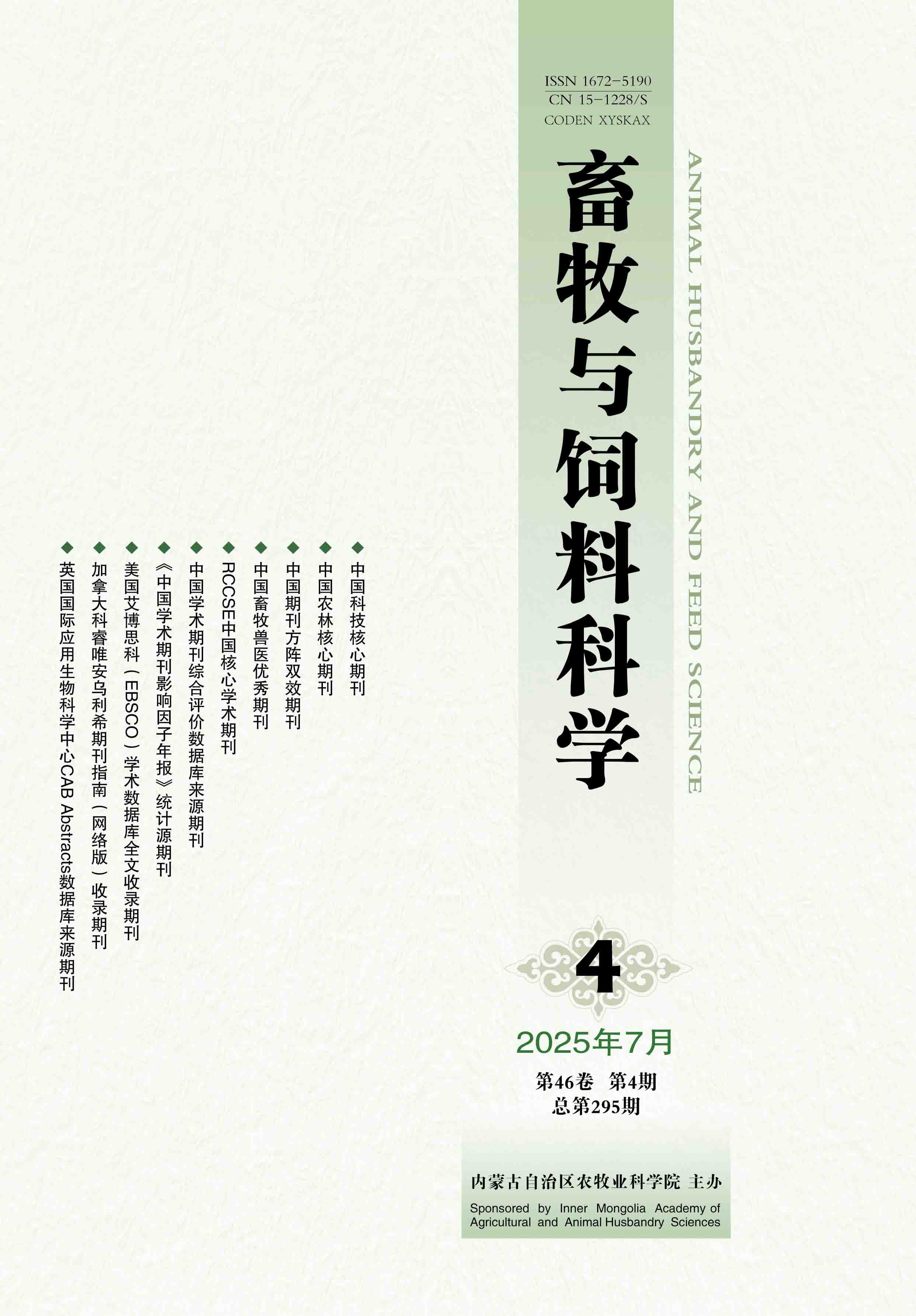[Objective] This study analyzed the spatial-temporal characteristics of carbon emissions from livestock and poultry industry in Henan Province, proposed the countermeasures and suggestions on emission reduction paths, so as to provide references for accelerating the high-quality development of livestock and poultry industry in this province. [Method] The carbon emissions from livestock and poultry industry in Henan Province were taken as the research objects. Based on the total amount of cattle, horses, donkeys, mules, pigs, sheep and poultry for sale as well as the output value of livestock and poultry industry in Henan Province and its sub-administrative regions (17 prefecture-level cities and 1 county-level city directly under the province government) from the year of 2011 to 2020, and using CH4 and N2O produced by the intestine, stomach and excreta of various livestock and poultry as the source of greenhouse gases, the spatial-temporal characteristics of the total carbon emission equivalent and the carbon emission intensity of livestock and poultry industry in Henan Province and its sub-administrative regions were assessed by the carbon emission factor method and the carbon emission intensity calculation formula of livestock and poultry industry. [Result] In terms of the total carbon emission equivalent, the livestock and poultry industry and its various internal structures in Henan Province showed an overall downward trend from the year of 2011 to 2020. In terms of the year-on-year growth rate of the total carbon emission equivalent, the absolute carbon emission equivalent of livestock and poultry industry in Henan Province had gone through three stages with different fluctuation characteristics: a small increase stage, a significant decrease stage, and a fluctuation change stage. According to the characteristics of the absolute carbon emission equivalent of livestock and poultry industry, the sub-administrative regions of Henan Province could be categorized into five types: ′high-fluctuation′, ′medium-fluctuation′, ′medium-decline′, ′low-fluctuation′, and ′low-decline′. In terms of the absolute carbon emission intensity equivalent, the overall carbon emission intensity of livestock and poultry industry in Henan Province showed a downward trend from the year of 2011 to 2020, and the economic development quality of livestock and poultry industry improved greatly. In terms of the year-on-year growth rate of carbon emission intensity, the carbon emission intensity of livestock and poultry industry in Henan Province had undergone a fluctuating decline process, which was divided into two stages: a fluctuating decline stage and a fluctuating rise stage. According to the characteristics of the carbon emission intensity of livestock and poultry industry, the sub-administrative regions of Henan Province could be divided into 8 types: ′high-convergence growth′, ′high-fluctuation′, ′high-expansion decline′, ′medium-fluctuation′, ′medium-expansion decline′, ′medium-convergence decline′, ′low-fluctuation′, and ′low-convergence decline′. [Conclusion] Carbon emission reduction in livestock and poultry industry in Henan Province had made some progress in terms of quantity and quality. The obtained achievements in carbon emission reduction were unstable. The total carbon emission equivalent and the carbon emission intensity were characterized by regional heterogeneity. It is recommended that Henan Province achieve the modernized development of livestock and poultry industry through the following paths: strengthening the comprehensive utilization of livestock and poultry manures, enhancing the investment and application of science and technology in carbon emission reduction in livestock and poultry industry, optimizing the management practices of livestock and poultry, cooperatively promoting the greenhouse gas reduction through multiple policies, and accelerating the integrated development of the entire industry chain of livestock and poultry industry.








